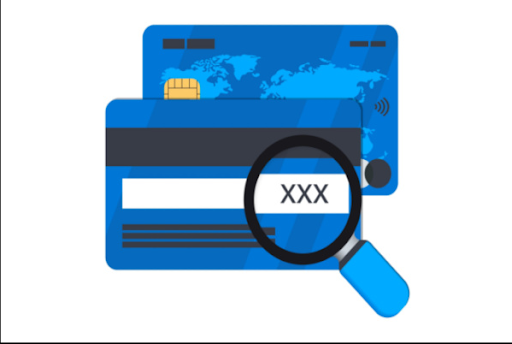Know How CVV Numbers In Credit Cards Mitigate Financial Scams
The ease of online transactions comes with a risk of financial fraud. Fortunately, certain procedures and features, like the credit card CVV number, are in place that ensure that you don’t fall prey to fraudulent transactions.
These features allow credit card companies to recognise and detect unscrupulous activities. For instance, a vendor requires a security code called the credit card CVV number to process a transaction.
Equip yourself with information about these codes, how they work to protect your transaction, and other preventive measures.
What is a CVV Number and Where to Find It?
A credit card CVV number stands for card verification value. It is a three- or four-digit code found generally on the back of your card. In banking terminology, there are several acronyms used alternatively for a credit card CVV number, such as:
- CVV2 (Card Verification Value 2)
- CID (Card Identification Number)
- CVC2 (Card Validation Code)
- CSC (Card Security Code)
When you share a CVV number with a merchant, it verifies your identity and card ownership. You need this unique code in the following cases:
- Making a credit card bill payment online
- Purchasing something without swiping your card at a Point-of-Sale (POS) machine
However, don’t confuse a CVV number with a four-digit PIN. The former protects your online transactions. A credit card’s PIN provides an additional layer of security when you make transactions with a POS machine, ATM withdrawals, or cash advances.
How CVV is Generated
While the precise algorithm used is unknown, banks or credit card companies generate CVV randomly using four pieces of information. These include:
- Primary account number
- Four-digit expiration date
- A three-digit service code
- A pair of DES (Data Encryption Standard) keys
While traditional CVVs are static, credit card issuers have begun providing credit cards with dynamic CVVs. As the latter changes regularly, it becomes difficult for fraudsters to carry out a physical scam.
The printed CVV still remains an effective tool in preventing card-not-present (CNP) financial scams. You may find a miniature lithium battery-powered screen flashing dynamic CVV on the back of the card in the near future.
How CVVs Prevent Fraudulent Transactions
With the increasing use of EMV or chip-enabled credit cards, scammers have shifted to the digital realm, cutting back on physical card frauds. This has led to higher cases of online credit card information theft. Here’s how CVV helps in reducing these frauds:
- You must provide a CVV when making transactions or credit card bill payments online
- It is quite easy for skilled credit card scammers to obtain credit card numbers and expiration dates, but they can’t get hold of CVVs easily due to strict industry regulations.
- According to standard processes, a merchant can store your credit card number and expiry date, but can’t share your CVV.
- Even if it is a recurring payment, you will have to input the CVV to proceed with any online transaction through your credit card.
How to Protect My CVV
To prevent falling prey to fraud, protect your CVV number by not sharing it with anyone. Here are a few ways by which you can prevent your CVV from falling into the hands of miscreant:
- Install Anti-Virus Software: It will scan it for viruses, keyboard-logging software, and other tools that hackers use to steal your credit card information from your device.
- Protect Home Wi-Fi Network: Create a strong Wi-Fi password to ensure that no one can track your internal traffic and get personal information.
- Avoid Untrusted Websites: Check if the websites where you are transacting have the “https://’ in the address. Refrain from adding your credit card details on untrusted websites that don’t show an SSL padlock in your browser window.
- Use VPN Software: To protect your information while using public Wi-Fi, use Virtual Private Network (VPN) software.
- Refrain from Sharing Credit Card Images: As someone can use your credit card data to make unauthorised purchases, don’t share pictures of your card on social media.
- Initiate Transactions Yourself: If someone requests your sensitive credit card information, ask why they need it and initiate such transactions yourself if possible.
- Avoid Sharing Sensitive Details: Be aware that credit card issuers never ask for your sensitive credit card information. Don’t share your CVV if someone asks for it, posing themselves as an official from your credit card company.
- Check Statements Regularly: Review your credit card statements regularly and contact your bank or issuer immediately if you find any unsolicited activity or unauthorised purchases.
A credit card CVV number is the first important step in mitigating financial fraud. However, taking some safety measures while making a digital transaction is a must. Basic awareness of online frauds and ways to prevent them can go a long way in averting any financial tragedy.
Certain credit cards offer additional security to provide you with a secure online shopping experience. Get the One Credit Card to enjoy a combination of advanced technology and security.
With its powerful app, you can set limits on transactions, block/unblock your credit card with a single tap or even change your card’s PIN anytime. You can also enjoy 5X rewards on top spending categories, a range of deals and discounts and up to 5 add-on cards for family members. Apply for One Credit Card to explore more benefits.
